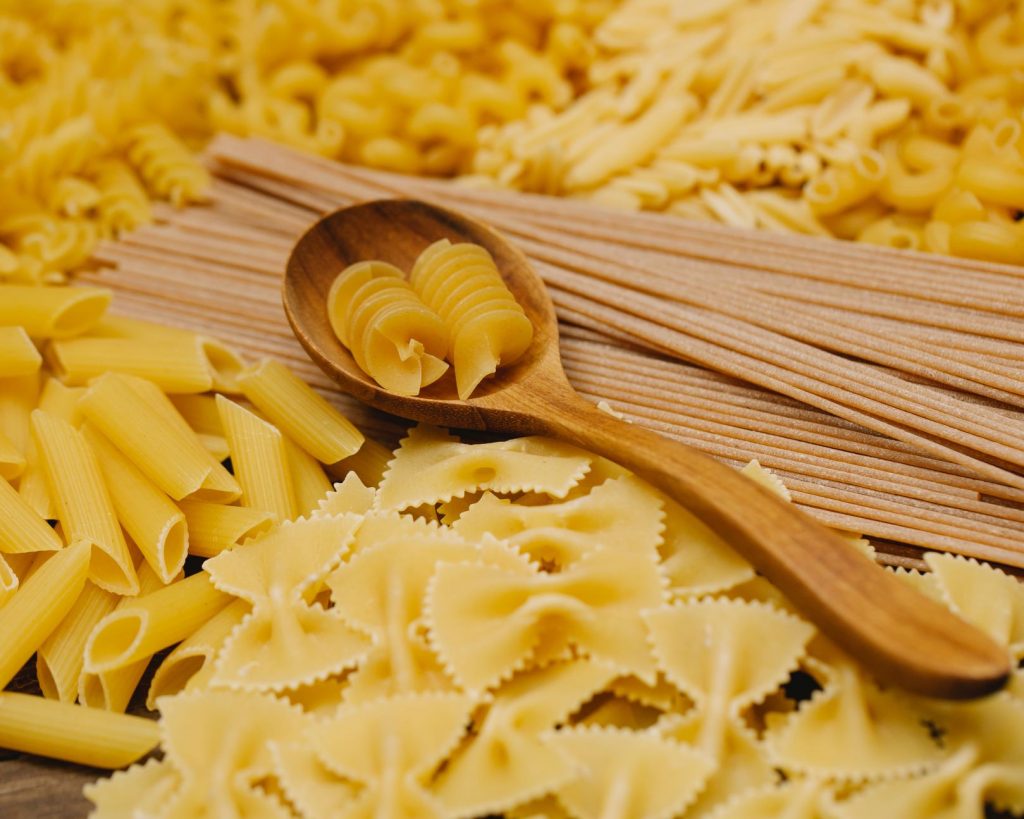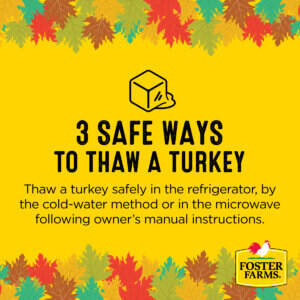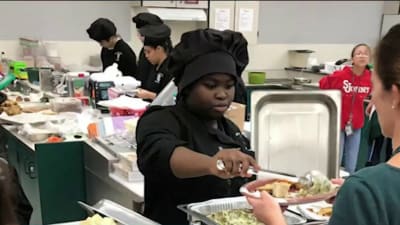
You can now coat nonstick pans with many different materials. Each material has its own advantages and disadvantages. Teflon is one the most well-known materials. This material is known for being durable and highly resistant to temperature changes. Teflon is not recommended for use in high heat environments. We'll be talking about Teflon in this article and discussing the other alternatives. These are the most nonstick pans.
PFOA
Use of nonstick cookware with PTFE and PFOA is not recommended at high temperatures. These coatings can quickly degrade and become toxic when heated. Nonstick surfaces can also be affected by metal utensils. The coating may become less durable and release chemicals. This article will explore the risks and potential health effects of using PFOA pans. For a more holistic view of nonstick pans, consider the following tips.
PFOA as well as other PFAS chemicals (such as PTFE), are persistent in nature. The chemicals can still be found in our drinking water, as well as in groundwater, if you used non-stick pans 10 years ago. The Environmental Protection Agency, (EPA) as well as the World Health Organization have issued a warning about these hazards. These chemicals have been deemed "possibly to cause cancer in humans."
PTFE
The most popular nonstick pan coating is the PTFE, which can be very handy when you're preparing large meals. These coatings prevent food sticking to the pan by preventing it from being coated with oil or nonstick cooking spray. You should also note that PTFE nonstick pans are often more expensive than nonstick pans with regular coating. These nonstick pans do require regular maintenance and care. PTFE non stick pan coatings are considered safe by the FDA, but they are not completely non-toxic. Ceramic cookware is a healthier choice. Cast iron has no PTFE, making it safer.

PFAS has been used in cookware for many decades. Many of them have been dumped into waterways without regulation, and the Environmental Working Group says that 19 million Americans are at risk of being exposed to them. The newest common ingredients in non-stick pan coatings are called "Gen X" chemicals. The lack of testing in these substances has raised questions about the safety of these coatings. Greblon produces several types of nonstick pan coatings.
Teflon
There are several problems with nonstick pans that have a Teflon coating. These issues are most likely due to the PFOA, or polyfluoroalkyl substance (PFAS), that the coating contains. While these chemicals have been banned over the years, some cookware still uses it. The best way to avoid these hazards is to avoid Teflon pans, and look for nonstick cookware made of other materials.
Teflon Non Stick Pans contain PFOA. It can cause damage to the environment. It has been linked to chronic kidney disease and cancer, as well as affecting the male reproductive system. When the pan is heated to too high, toxic fumes are released. It should therefore not be used in high-temperature baking. It is best to avoid heating empty Teflon Pans in the oven or broiler to minimize your exposure to PFOA.
Nanoparticles
Novel nanoparticles were developed for non stick pan coatings and are currently being evaluated for use in food contact applications. Although the mechanism of nonstick coatings' release of nanoparticles is still unclear, recent research suggests that they may be released into food at high temperatures, repeated usage, and when the pan's surface becomes damaged. This new technology is still in its infancy, but it may be a useful addition to nonstick pans.

PTFE is a common substance found in nonstick pans. There are many concerns. The chemical pyrolysis products of heated polytetrafluoroethylene can cause acute toxicosis in budgerigars. The small amounts of PTFE that are consumed by humans do not cause any harm and can be used in small quantities.
FAQ
What should a beginning cook learn first?
For beginners, it is best to begin with something simple like pasta, rice or soup. Learn how to cook with a recipe book, YouTube video or other resources. Cooking with friends is much more enjoyable. Enjoy cooking with your family, friends, or both.
What ingredients do I need to purchase to cook?
You don’t always need to buy the ingredients. You can buy premade sauces or other items at most grocery stores. If you are looking to save money, premade meals may be a good option.
Are there any requirements to become a chef?
No. No. Many chefs began their careers learning by themselves. Some went to culinary school simply to gain experience. But most chefs prefer culinary school as it offers them more opportunities for learning and growth. Culinary schools allow students to learn hands-on skills, and this helps them improve their cooking knowledge.
How Much Does It Cost to Study Culinary Arts?
There are many factors that influence the cost of learning culinary arts. A four-year degree usually costs around $40,000. A two-year associate's program may be less expensive at $5,000. Tuition rates depend on the type of program you select. Public institutions are more expensive than private institutions.
How can I motivate myself to cook?
Cooking is fun when you share food with family and friends. Cooking for yourself is much more enjoyable than cooking for others. Try something new if you want to feel motivated to cook. You'll learn new techniques, and you'll be inspired to cook. Additionally, you can learn about new ingredients and techniques by incorporating recipes from different cultures into your cooking.
Can you learn to cook on your own?
Yes, you can be a self-taught cook! It is something everyone enjoys, regardless of their level of cooking ability. You can learn to cook by starting at home. Start small, like making pancakes for breakfast or spaghetti sauce for dinner. Try new recipes and be open to experimentation when learning how to cook. You might make a few errors along the way.
It takes anywhere from several hours to several weeks to learn how to cook, depending on your skill level. It is important to remember that cooking doesn't have to be about following recipes. There are many different ways to prepare food, so if you have an idea in mind, go with it.
How much does it cost to go to culinary school?
Prices for Culinary School vary depending upon where you go, what program you select, and how long you stay there. Tuition costs range from $10,000 to $30,000. Most students graduate with approximately $20,000 in debt. However, some programs offer scholarships, grants, and work-study opportunities.
Statistics
External Links
How To
How to cook a steak
The thickness of the meat determines the best cooking method. Thicker steaks should be cooked over low heat. Thicker steaks will need to cook at higher temperatures.
Don't overcook them as they will lose flavor. Don't forget to take the steak out of the pan once it's finished. This will ensure that you don't burn your self.
Cooking times depend on the size of the steak and the desired degree of doneness. Here are some guidelines to help you get started:
Medium Rare: Cook until medium rare, which means the internal temperature reaches 145degF (63degC). This will take between 3 to 5 minutes per side.
Medium: Cook until medium, which means the internal temp reaches 160degF (71degC). This typically takes 6 minutes per side.
Cook well until done. That means that the internal temp reaches 180degF (82degC). This typically takes 8-12 minutes per side.